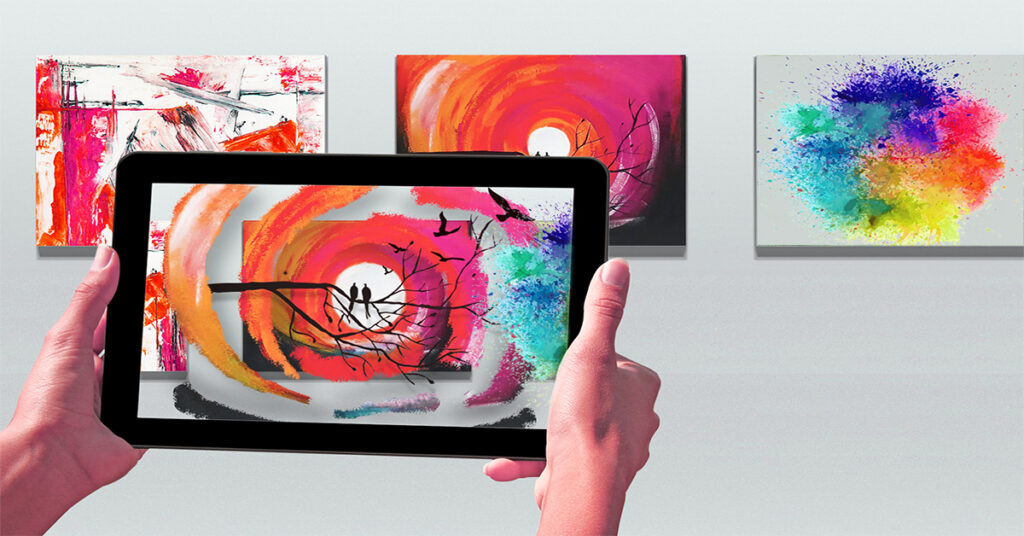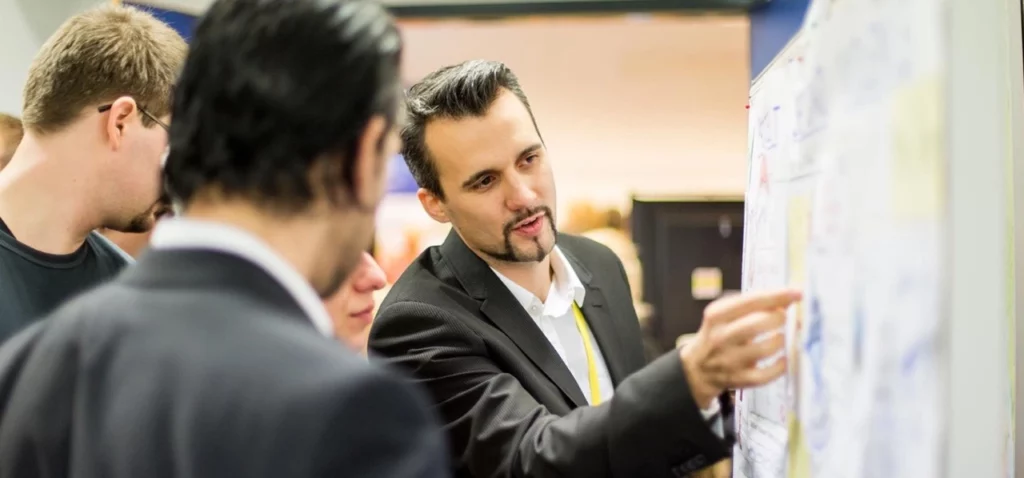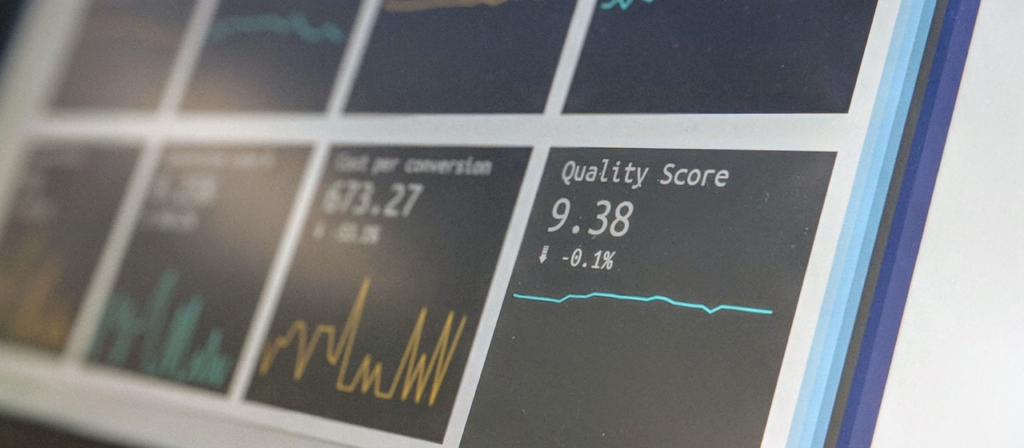As technology continues to evolve, so too do the creative opportunities it provides. Nowhere is this more evident than in the realm of AR art. But what exactly is AR art? Put simply, it is an art form that combines digital content and real-world settings to create a unique 3D experience. It is a rapidly growing trend, with PlugXR and other platforms enabling collaborations in AR creation and NFT street arts leveraging augmented reality to create engaging digital experiences. Let’s take a closer look at what makes AR art such a powerful tool for connecting the real and virtual worlds.
Understanding the Basics of AR Art
AR art utilizes augmented reality technology to create interactive 3D experiences – allowing users to interact with digital elements in their physical environment. This can be used for anything from displaying artwork or sculptures in the home or office, or creating interactive displays in museums or public spaces. With PlugXR’s collaboration capabilities, multiple creators can work together on projects, giving them greater control over their creative output.
Creative Opportunities with AR Art
The creative possibilities with AR art are endless. Creators can use existing works of art as inspiration for their own augmented reality pieces – bringing static images and sculptures to life through animation and digital effects. They can use existing tools like PlugXR to add layers of dynamic content – like soundscapes or text overlays – that further enhance their creations. Finally, they can explore new ways of blending real-world settings with digital content – creating truly immersive experiences that blur the boundaries between virtual and physical space.
Technology Enabling Augmented Reality Animations
There are many different types of technology used to enable augmented reality animations, including gesture recognition systems, facial recognition software, computer vision algorithms, natural language processing tools, and even AI-powered virtual assistants like Siri or Alexa. All these technologies help make it possible for creators to bring their visions to life in exciting new ways – while also providing users with an engaging 3D experience they won’t soon forget!
Ways to Use Existing Works of Art for AR Work
Existing works of art provide an excellent starting point for exploring the potential of augmented reality animations. Creators can augment classic paintings and sculptures by adding dynamic elements like soundscapes or text overlays that bring them into the 21st century. Similarly, they can use existing images as inspiration for creating entirely new works of art using 3D modeling software – allowing them to build upon classic compositions and create something entirely unique!
Examples of NFT Street Arts With Augmented Reality
NFT street arts are one area where augmented reality has really taken off recently – allowing artists to showcase their works on walls around the world without having to physically install them there themselves! Examples include murals composed entirely from digital assets that come alive when viewed through an app on a mobile device; interactive sculptures that animate when interacted with; 3D installations projected onto walls; and even entire streetscapes filled with animated characters that appear when seen through special glasses!
Conclusion: A Growing Trend for Connecting The Real And Virtual Worlds Through Augmented Reality Arts
Augmented reality art is quickly becoming one of the most exciting mediums available today – providing creators with limitless possibilities for expressing themselves while also engaging viewers in new ways not possible before its emergence. By combining real-world settings with digital enhancements, artists can create truly unique experiences that bridge both physical and virtual realities together in innovative ways never seen before! As this trend continues to grow we will no doubt see more incredible projects emerge from this burgeoning field – bringing us one step closer towards fully augmenting our world with digital experiences!


